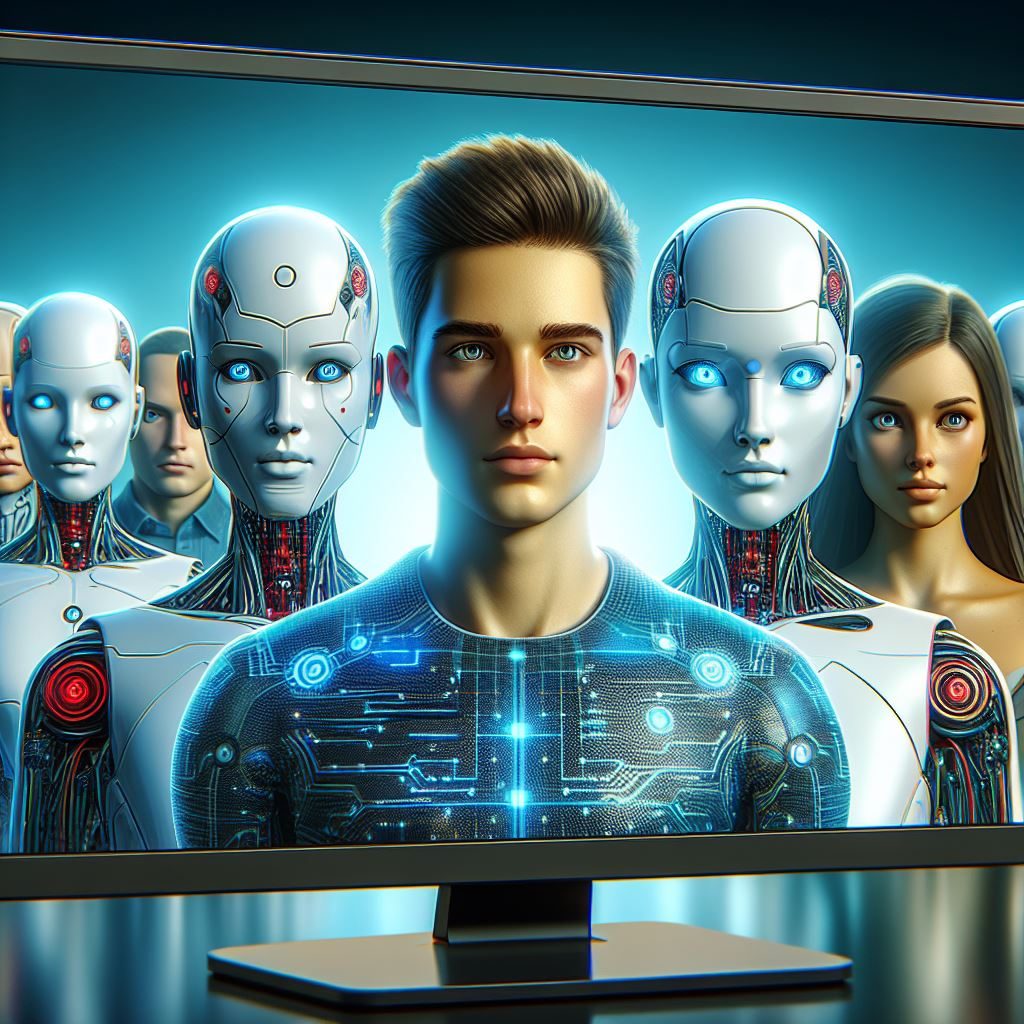Artificial intelligence (AI) is poised to revolutionize cancer diagnosis and treatment, potentially addressing the growing burden of cancer cases in the UK. Recent research suggests that AI can work alongside medical professionals to expedite cancer diagnoses, but certain key factors must align for this promising technology to become a reality.
AI systems, in essence, are advanced computer models capable of performing tasks typically associated with human intelligence. These systems excel at recognizing patterns within vast datasets, using this acquired knowledge to make predictions and informed decisions. In healthcare, AI comes in various forms, each designed for specific tasks. Unlike AI models known for creativity, healthcare AI’s primary objective is precision.
The National Health Service (NHS) in the UK has already begun leveraging AI in various medical domains, from heart rhythm monitoring to stroke recognition. However, the potential impact on cancer diagnosis is particularly significant.
AI’s Role in cancer diagnosis
Cancer diagnosis is a complex process requiring highly specialized skills possessed by medical professionals such as radiologists and pathologists. These specialists are trained for years to detect abnormalities in medical images or microscope samples that may indicate cancer or other medical conditions.
To train an AI model for cancer diagnosis, developers provide it with an accelerated version of this extensive training. For instance, an AI designed to identify breast cancer from mammograms undergoes training on millions of past mammogram images, each categorized as healthy or indicative of disease. Over time, the AI learns to recognize patterns that indicate health or potential cancerous abnormalities.
While undergoing diagnostic tests, patients’ experiences will remain largely unchanged. However, the AI system will work in tandem with human doctors, offering two possible modes of assistance. First, it can promptly highlight concerning areas within tests, enabling doctors to focus on potential issues more rapidly. Second, it can provide a swift second opinion when a doctor seeks further validation.
Addressing healthcare workforce challenges
The medical workforce responsible for cancer diagnosis faces significant challenges, including a shortage of radiologists and pathologists. Projections indicate that these shortages will worsen over the next 15 years, compounding the problem further.
This challenge is exacerbated by the anticipated growth in demand for diagnostic services. Cancer Research UK’s models predict that the number of new cancer cases per year will reach half a million by 2040, up from approximately 385,000 between 2017 and 2019. With an increasing number of tests and a lack of specialists, there is a risk of delayed diagnoses. Early cancer detection significantly enhances the likelihood of successful treatment and reduces NHS costs.
The NHS is currently struggling to meet cancer waiting time targets. AI has the potential to alleviate workforce pressures and backlog issues, freeing up doctors’ valuable time to focus on complex cases, patient interactions, and overall care improvements.
Preparing for AI implementation in cancer diagnosis
While AI technology isn’t yet fully prepared for widespread use in healthcare, it is rapidly advancing. To harness AI’s potential in cancer diagnosis, the NHS, the UK government, and AI developers must take certain steps.
Supporting the Workforce: The NHS requires a specialized workforce to effectively implement AI in cancer diagnosis. The government’s upcoming national digital workforce strategy should outline plans for training and recruiting the needed digital and data specialists. The NHS must also provide training opportunities for existing staff to ensure they are proficient in using AI tools.
Building the Right Infrastructure: AI systems rely on digital data. While radiology is already fully digitized in the UK, pathology lags behind. Investments in digital pathology infrastructure are essential to enable AI-assisted cancer diagnosis. Moreover, IT systems must be interoperable, allowing seamless data sharing between various AI tools and databases.
Transparent Implementation: To build public trust in AI healthcare tools, leaders must clearly communicate the technology’s limitations, potential risks, and benefits. Involving patients and clinicians in AI tool development can foster trust. Additionally, tightening AI-related healthcare laws or providing clearer guidance can reduce uncertainty surrounding legal aspects.





